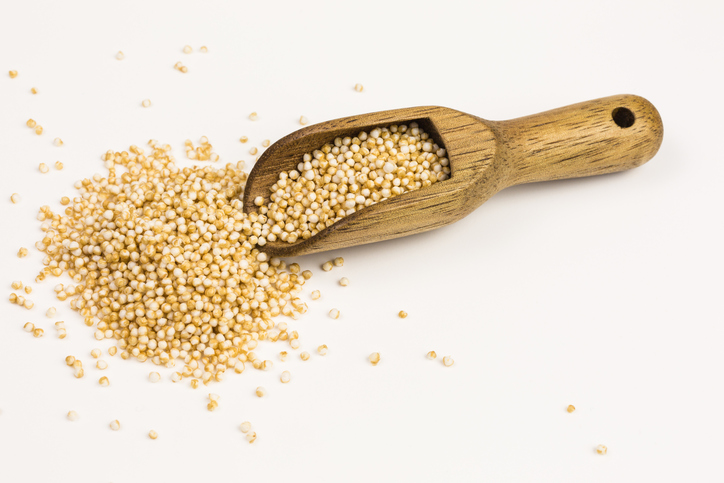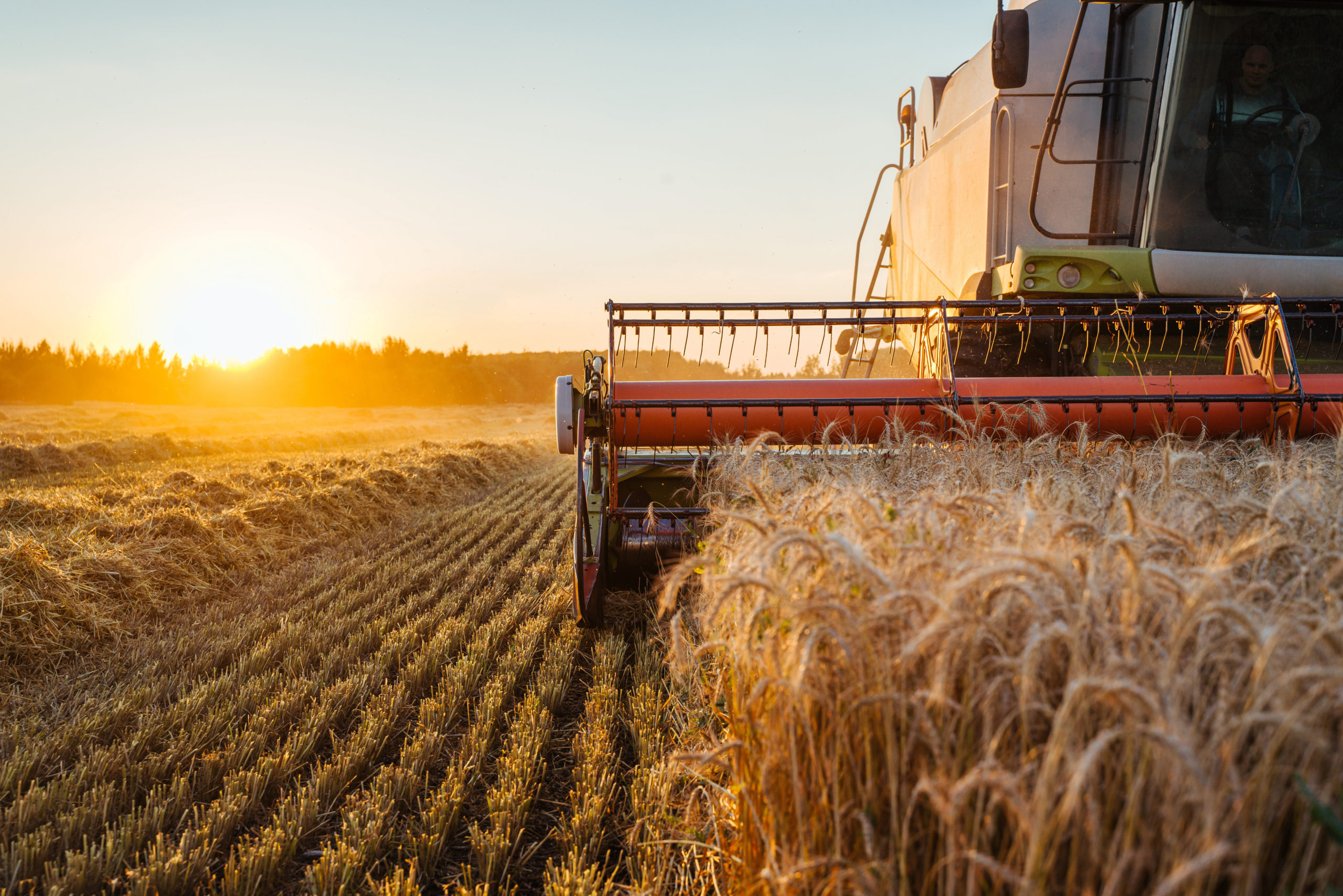

Puffed Amaranth
Amaranth has been cultivated as a grain for thousands of years, and hence it is known as one of the ancient grains. Amaranth, also known as “kiwicha,” is a tiny, ancient grain-like seed, dense in nutrients and high in protein. To make Puffed Amaranth, tiny seeds of amaranth are heated until they “puff,” increasing their volume and creating a light,…
Description
Amaranth has been cultivated as a grain for thousands of years, and hence it is known as one of the ancient grains. Amaranth, also known as “kiwicha,” is a tiny, ancient grain-like seed, dense in nutrients and high in protein. To make Puffed Amaranth, tiny seeds of amaranth are heated until they “puff,” increasing their volume and creating a light, crunchy, popped version with a toasty, nutty flavor.
The amaranth plant usually grows to around five or six feet and is maroon or crimson in color. The seeds of the plant number in the thousands and are tiny. Amaranth seeds are processed into popped, flaked, extruded and ground flour forms. They are used in snacks, cereal and energy bars, cereals, cooked in tradional dishes and in combination with other grains and flours in the baking industry.
TradeLink’s supplies mainly come from South America: Argentina, Paraguay, Boliva and Peru. In certain seasons India can fill in. It is described as “the crop of the future”. It has been proposed as an inexpensive native crop that could be cultivated by indigenous people in rural areas for the following reasons reasons:
-It is easily harvested.
-Its seeds are a good source of protein.
-Contains about thirty percent more protein than cereals like rice, sorghum and rye
-It is easy to cook
